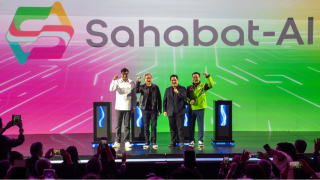The test was conducted across EE’s LTE-A network in London, UK, utilising Huawei’s infrastructure solution as well as Qualcomm’s Snapdragon 810 processor, and included 3-carrier downlink aggregation.
It enabled EE to aggregate 20MHz of 1800MHz spectrum with another 20MHz of 2.6GHz, and a third carrier of 15MHz of 2.6GHz.
“Working closely with the excellent teams at Qualcomm Technologies and Huawei on the next generation LTE category 9 connectivity enables us to make full use of our spectrum holdings, and continue to offer world class network capabilities, innovating to stay one step ahead of operators in Europe,” said Tom Bennett, director of network services and devices at EE.
“Use of our remaining 15MHz of 2.6GHz spectrum enables both our fastest speeds and an increase in capacity across our network and this successful testing phase is a big step forward.”
Category 9 is expected to dramatically improve download speeds across wireless networks and this is thought to be the first successful test of the technology in Europe.
“Huawei is dedicated to improving network capability across the UK – delivering fast speeds and more reliable connection to all mobile devices,” said Yang Chaobin, CMO at Huawei Wireless Network Business Unit. “This test is a truly ground-breaking moment as we move towards the 5G era.”
Earlier this month, Ooredoo, China Mobile and Nokia Networks claimed to have reached 4.1Gbps over TDD-FDD LTE carrier aggregation.




